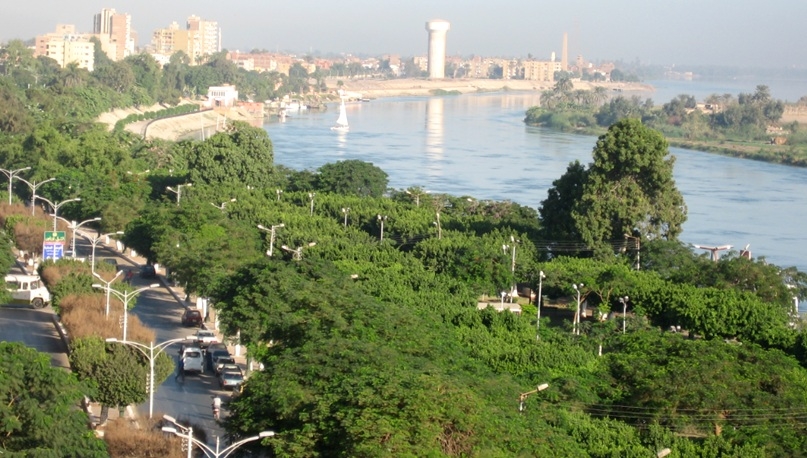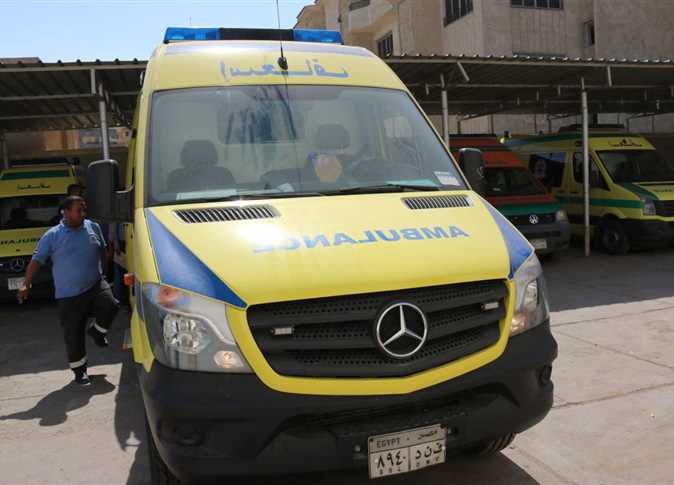
Governor of Minya Osamah Al Qady said the governorate’s archeological sites of Beni Hasan, Tuna el-Gebel, and Tell al-Amarna received a multinational tourist delegation that came to explore ancient Egyptian civilization during the Pharaonic era.
In a statement on Saturday 30/03/2024, the governor added that Minya Governorate has witnessed an unprecedented tourist influx that coincides with a great multitude of archaeological discoveries in Minya, the third governorate in Egypt rich in antiquities after Giza and Luxor governorates.
The latest of these discoveries was uncovering the upper part of a huge statue of King Ramses II during excavations in the city of El Ashmunein on the west bank of the River Nile earlier this month, the governor pointed out.
The governor gave directives to the authorities concerned to facilitate procedures for visitors, so as to help them to enjoy the many archaeological monuments.
The city of El Ashmunein was known in ancient Egypt as Khemnu and in the Greco-Roman era was the regional capital of Hermopolis Magna.
Beni Hasan is an ancient Egyptian cemetery. It is located approximately 20 kilometers to the south of modern-day Minya in the region known as Middle Egypt, the area between Asyut and Memphis.
Tuna el-Gebel was the necropolis of Khmun (Hermopolis Magna). It is the largest known Greco-Roman necropolis in Egypt, dating from the New Kingdom to the Roman Period, and seeing heavy use in the Ptolemaic Period.
Tell el-Amarna (often abbreviated to Amarna) is an extensive ancient Egyptian archaeological site containing the remains of what was the capital city during the late Eighteenth Dynasty. The city of Akhetaten was established in 1346 BC, built at the direction of the Pharaoh Akhenaten, and abandoned shortly after his death in 1332 BC.


